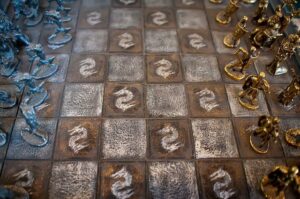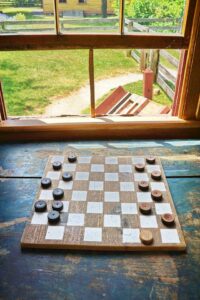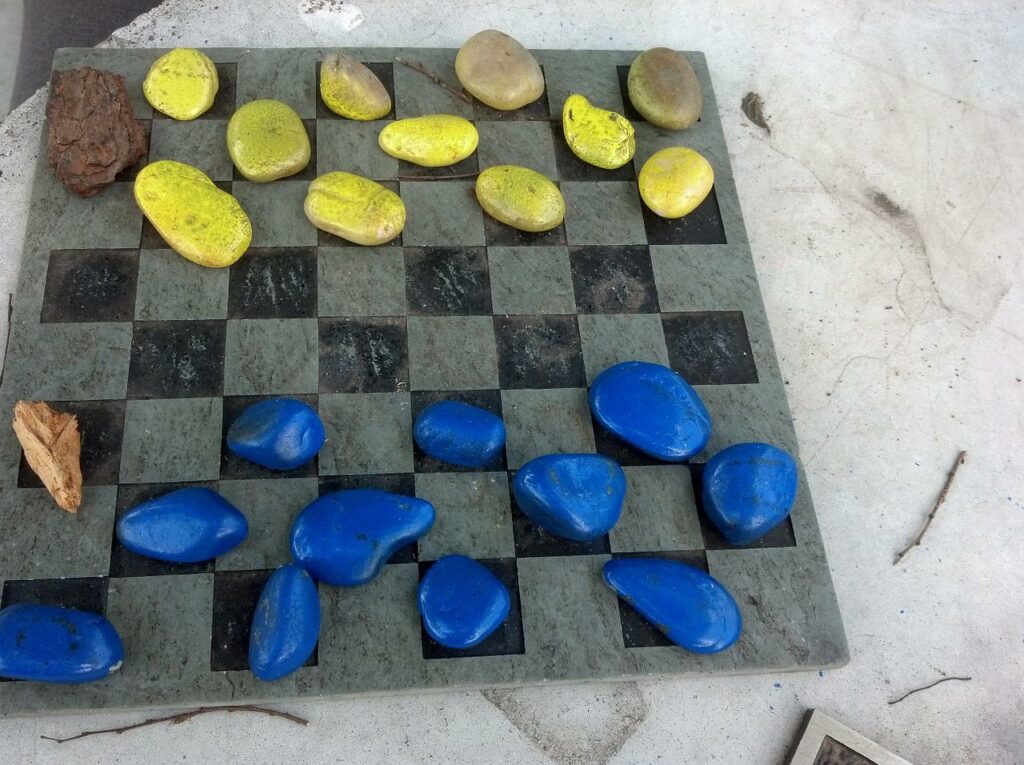There are a plethora of board games out there, but not all of them are as interesting as the ancient ones. Games like chess have been around for at least two millennia, believe it or not. But the game of checkers, at least in some shape or form, was there for even longer, approximately around 5000 years.
Checkers is a relatively simple game to start playing, but it becomes progressively harder, like all board games. It is simpler than the game of chess, because all the pieces move in the same way.
Here is everything you need to know about the game of checkers.
Ancient Origins
There is nothing like an origin story. We love our history and we love to know where something was created and when. A game that resembles checkers was found in the ancient city of Ur, in Mesopotamia, what is modern day Iraq.

Ancient Egyptian checkers were found in burial chambers, said to be played by ancient pharaohs. Plato and Homer mention a game named petteia, which was played around the Trojan War times, where you could capture pieces but placing your pieces to the side of the opposing player’s.
Checkers have so many variants that you would be hard pressed to find a single game of checkers that started it all.
What is considered the game that influenced the modern checkers or draughts, is called the Quirkat or al-qirq. It is an Arabic game that was played on a 5×5 board. It was brought to Spain by the Moors where it took the name Alquerque.
International Checkers
International checkers cannot really be traced to a certain period of time or place, though there are signs that there was a 100×100 board between the 1550s and 1600s in the Netherlands. The number of pieces was extended to 2×20 between the 1600s and the 1700s in the Netherlands. The game was also renamed Polish draughts.

International checkers differ from English ones, through the size of the board and the number of pieces each player starts with. International checkers start with 20 pieces each on a 10×10 board.
The object of the game is to make the other player have no legal moves remaining or to capture all their pieces. Pieces can capture diagonally forward and backward, by jumping over enemy pieces into a free field. Whenever a jump is possible, it has to be made, even though it might leave you in a vulnerable spot. When the pieces reach the 10th tile of the board on the opposing side, they become promoted and can move diagonally backward as well as forward.
Checkers are relatively simple, though the rules will change depending on the variation of the game that you play.
